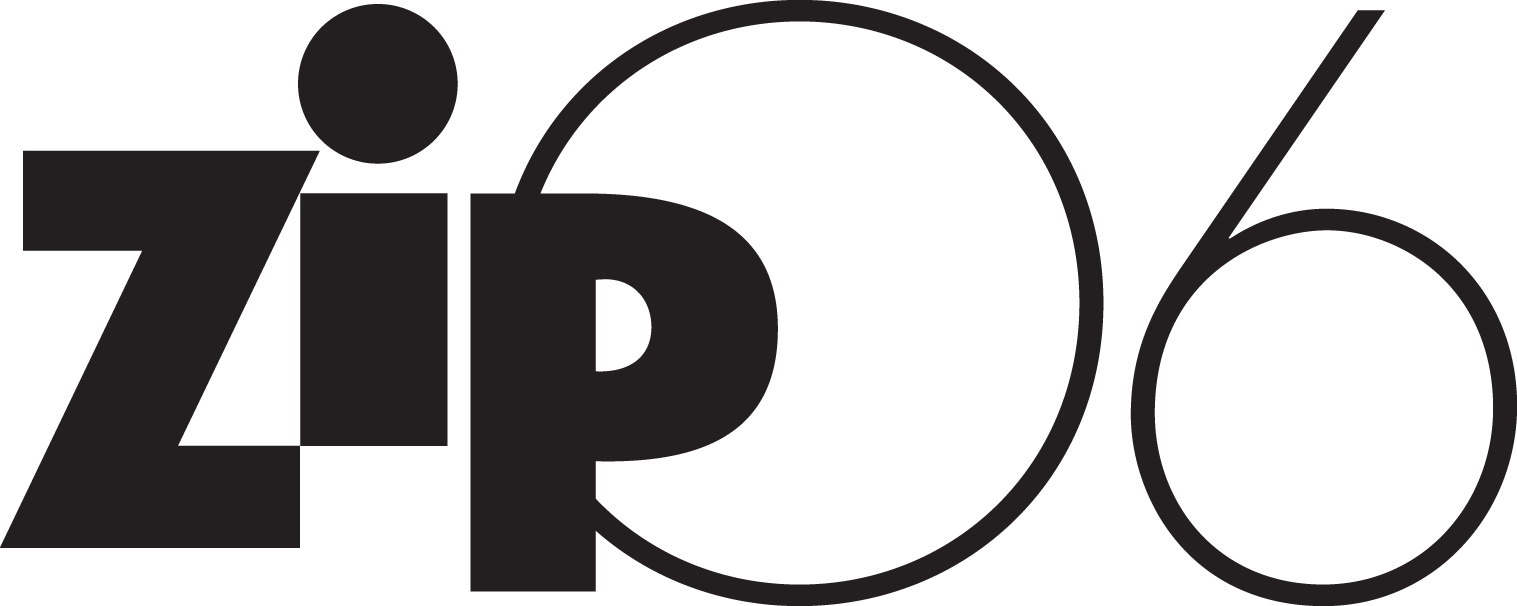Advertisement

-
Published Date
April 24, 2025This ad was originally published on this date and may contain an offer that is no longer valid. To learn more about this business and its most recent offers, click here.
Ad Text
ACCESSORY DWELLING UNITS (ADUS): OVERVIEW OF THE RULES AND REGULATIONS Accessory Dwelling Units (ADUS) in Connecticut offer an excellent solution for increasing housing options. Homeowners must follow specific rules and regulations to ensure compliance with state and local laws. First, homeowners must obtain a permit from their local zoning office and submit detailed plans outlining the ADU's design, dimensions, and intended use. These plans must adhere to zoning regulations, which vary by municipality but generally include stipulations on the maximum size and placement of the ADU. Connecticut law requires ADUS to be subordinate in size to the main residence, typically not exceeding 900 square feet. The ADU must have independent living facilities, including a kitchen, bathroom, and sleeping area, and comply with building codes and safety standards. Occupancy rules state that ADUs can house family members or be rented out, but not used for short-term rentals unless explicitly allowed. The homeowner must reside in one of the units. Design guidelines may dictate the architectural style for neighborhood harmony, and there may be requirements for energy efficiency or green building practices. Compliance ensures the ADU is legally recognized and safe for occupancy, contributing positively to Connecticut's housing landscape. Please check with your local zoning regulations to ensure compliance with local regulations. NORMAN 'NICK' PREVOST REALTOR® 860-333-6330 nick@nkprevost.com NickSellsCT.com TAILORED REAL ESTATE SERVICES ACROSS THE CONNECTICUT SHORELINE AND BEYOND. WILLIAM RAVEIS 33 Main Street, Old Saybrook 860.388.3936 ACCESSORY DWELLING UNITS ( ADUS ) : OVERVIEW OF THE RULES AND REGULATIONS Accessory Dwelling Units ( ADUS ) in Connecticut offer an excellent solution for increasing housing options . Homeowners must follow specific rules and regulations to ensure compliance with state and local laws . First , homeowners must obtain a permit from their local zoning office and submit detailed plans outlining the ADU's design , dimensions , and intended use . These plans must adhere to zoning regulations , which vary by municipality but generally include stipulations on the maximum size and placement of the ADU . Connecticut law requires ADUS to be subordinate in size to the main residence , typically not exceeding 900 square feet . The ADU must have independent living facilities , including a kitchen , bathroom , and sleeping area , and comply with building codes and safety standards . Occupancy rules state that ADUs can house family members or be rented out , but not used for short - term rentals unless explicitly allowed . The homeowner must reside in one of the units . Design guidelines may dictate the architectural style for neighborhood harmony , and there may be requirements for energy efficiency or green building practices . Compliance ensures the ADU is legally recognized and safe for occupancy , contributing positively to Connecticut's housing landscape . Please check with your local zoning regulations to ensure compliance with local regulations . NORMAN ' NICK ' PREVOST REALTOR® 860-333-6330 nick@nkprevost.com NickSellsCT.com TAILORED REAL ESTATE SERVICES ACROSS THE CONNECTICUT SHORELINE AND BEYOND . WILLIAM RAVEIS 33 Main Street , Old Saybrook 860.388.3936
